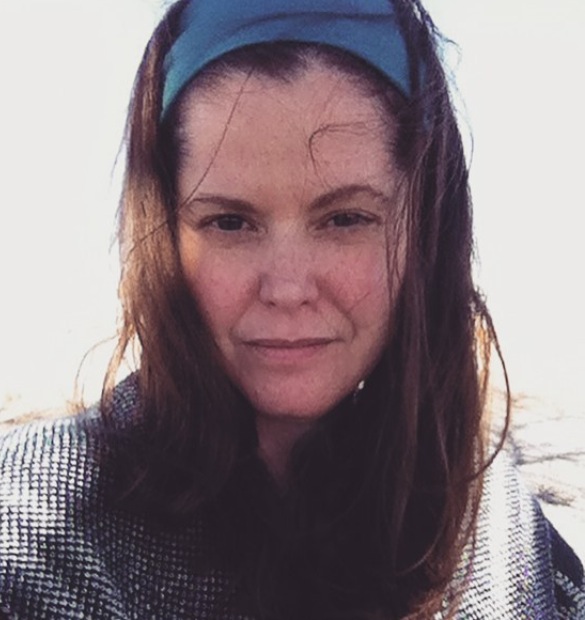Monday, November 21, 2016
Congo Square
Me and my boyfriend "Kunte Kente" spent a few of my birthdays in New Orleans, and I could tell by the way I had a feel for the city that I'd been there before, in another lifetime: the food, the music, the way I was greeted at the airport....this Acadian girl was home. Of course, I'm the original northern branch of a family tree that's stretched itself wide across this country we live in, though often not of our own choosing. The harsh heat and humidity endured by the Cajuns and Creoles who had settled in the bayou told me everything I needed to know about our history, because we're made for adversity.
Still, the American South can be so very different from New York because of its deeply segregated past. When I took a road trip to Graceland in college, I'd never seen black folk order food from a diner just to eat it in a car parked in the parking lot outside of a restaurant. It was scary and strange to me. So, too, did New Orleans have that dividing line back in the late 90s, before the flood. I'd never seen poverty that sharply split between the fat white tourists in town, and the children who performed for them in the streets, with bottle caps on the bottoms of their shoes instead of taps.
Kent warned me that we'd be crossing more divides like the French Quarter's, if we wanted to see some of the prominent tourist attractions of New Orleans, and Congo Square was on our list of "must see" places. He and I met in a recording studio, and Kent worked as a professional musician before we met, sometimes during our relationship, too. I'd also studied the history of jazz and blues in school. Most of my music is heavy on the R&B and hip-hop, as well as the classics. We simply had to go see where it took root and spread out from the epicenter of the square to the rest of the world.
Instead of a dusty dirt square packed with drummers, we found a bunch of tidy bricks neatly arranged in a circle, and we were the only people visiting that day. The weather had turned a little rainy, though nothing frightening to us, so we spent some time walking the circles of stones in the pattern they're laid out in, like the beginning of "The Wiz" musical from Broadway. But, that wasn't the biggest part of our trip over there: it was first stopping at a dive bar to talk with a white-haired hipster about directions before we crossed a serious four-lane highway to the ghetto, before we walked past openly burning garbage cans in broad daylight and burned-out car wrecks abandoned by the side of the road, like New York City during the 70s and 80s. The dividing line between us and our destination was that clear, and that real.


